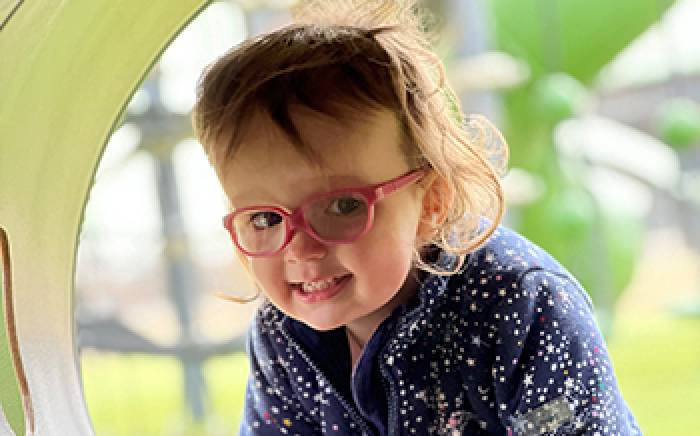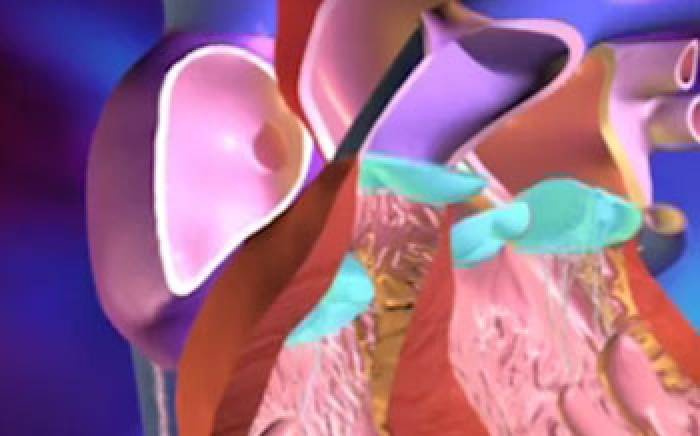Pregnancy and delivery involve the entire female reproductive system, including the ovaries, fallopian tubes, uterus, and vagina.
After an egg is released from an ovary and is fertilized, it travels slowly through the fallopian tube to the uterus. During this time it begins to divide until it has grown to about 100 cells. The egg, now called a blastocyst, then implants in the tissue lining the wall of the uterus. The uterus will then house and protect the developing fetus for 38 weeks, or approximately 9 months.
When the fetus has matured and birth is imminent, the baby begins to go through a series of movements that help it navigate through the birth canal. As the uterus begins to contract with the pains of labor, the opening of the uterus, called the cervix, dilates to allow the baby to pass into the vagina. This muscular tube expands to accommodate the baby's head and shoulders while uterine contractions continue until the baby enters the world in what is in most cases a downward facing position.
At this point the baby will be cleaned and checked for good health before being placed on its mother's chest to rest and bond.










